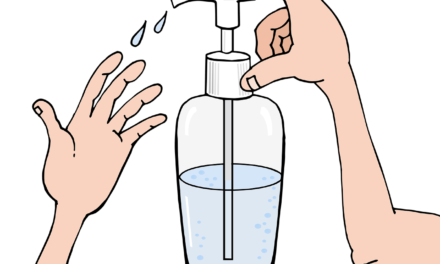Acceptance and Commitment Therapy, or Acceptance and Commitment Training, originated in the 1980s as an approach to well-being that targets language and cognition from a functional analytic perspective. Though ACT is not the only approach to do so, it now has a rich research base including, but not limited to, several hundred Randomized Controlled Trials.
As ACT continues to spread, questions naturally arise as to the applicability of ACT in different settings and possible barriers to implementation. Tarbox, Szabo, and Aclan (2020) address some of these issues as they apply to the mainstream practice of Applied Behavior Analysis as is seen most commonly in the treatment of children and adults diagnosed with Autism Spectrum Disorder.
Among their central points is that, though ACT is within the scope of practice for Board Certified Behavior Analysts practicing ABA, it isn’t necessarily within the scope of competence for particular BCBAs.
Along these lines, they offer six guiding rules at the end of their article:
Understand the principles underlying the procedures.
Procedures come and go. As a simple example, the majority of behavior analysts no longer run rats and pigeons in an operant chamber, or measure lever presses and key pecks. In fact, Skinner (1938) called upon us to freely extrapolate at will the principles underlying his animal research to the world around us. The application of those principles will look different depending on the situation. Principles are formless and underlie every effective procedure. Hold on to the principles, not the procedures.
Approach ACT in a way that fits your work as a BCBA.
At the end of the day, BCBAs are focused on overt behavior change that improves people’s lives. Incorporating ACT into your practice doesn’t change that focus. You can think of ACT as something that gives you more options in targeting social skills, language, daily living skills, and behavior reduction.
Seek training and mentorship.
As with anything else that is new to you, seeking out training and mentorship from others that are trained in ACT is advisable. The authors in particular advise seeking a mentor that understands the differences between ACT as applied in clinical psychology settings versus traditional ABA settings. The Association for Contextual Behavioral Science is a good starting point for mentorship.
Follow the literature.
As mentioned above, ACT has a rich research history, including many hundreds of Randomized Controlled Trials going back to the 1980s, and a rich literature applying ACT to business over the past 20 years (click here for a good start). It is imperative that the procedures you use in practice are based on such literature.
Take Data
As a behavior analyst, your treatment should be functional. In other words, it should change behavior in desired ways. And this goes for your use of ACT-based procedures as well. If you aren’t meeting treatment goals, then something needs to change. ACT is derived from a behavioral worldview, just like ABA.
Refer when appropriate.
This relates to the scope of competence and training. If you take on a particularly challenging case and you just aren’t getting traction, be honest with yourself and refer your case to someone with more expertise. With ACT, this may particularly be the case if the client is struggling with private events (e.g., thoughts) that you are not professionally equipped to handle. There’s no shame in making a referral.









